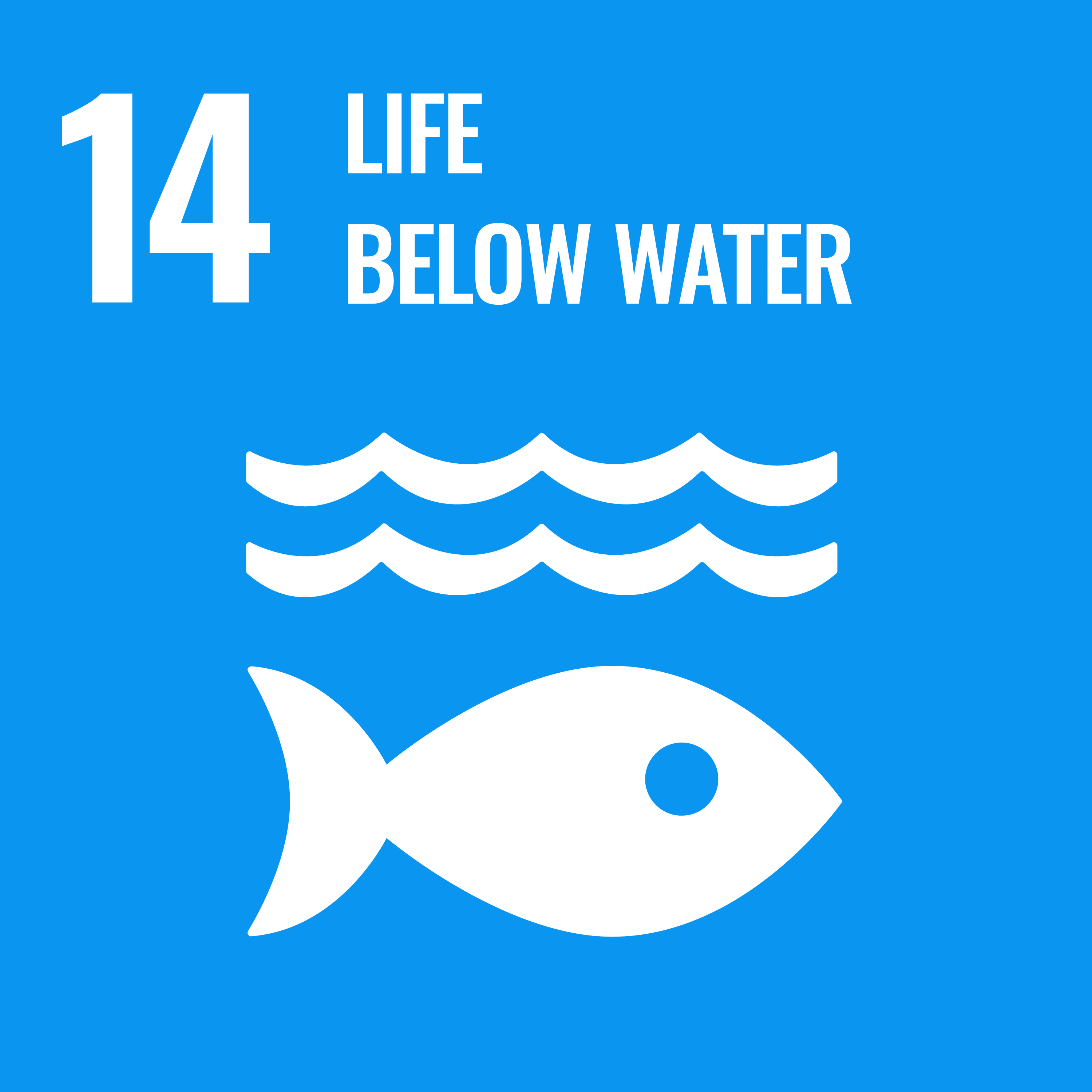Habitat Enhancement on Main Campus

As part of our ongoing commitment to biodiversity and ecological stewardship, targeted habitat enhancement work to the south of our main campus, between Radcliffe Conference Centre and the Sports Hub, has been undertaken in recent months. This work has included hedgelaying, sowing yellow rattle seeds in the meadow, and bullrush reduction to ponds.
Whilst much of this work is required to support Great Crested Newts (GCN), which are a protected species, it will also benefit a wide range of other wildlife as the hedgerows become denser, there is more space for wildlife in the ponds and species diversity in the meadow increases. Species surveys have been undertaken in advance of much of the works and will continue to assess the success of the management. For example, there are annual GCN surveys, butterfly surveys and small mammal surveys in the area.
Who’s involved?
The work has been delivered by various stakeholders:
-
Hedgelaying– this work was undertaken by an external contractor with support from the Grounds and Gardens Team. It was guided by Middlemarch Environmental, the University’s principal framework contractor for ecological services.
-
Sowing yellow rattle – the Grounds and Gardens Team undertook this work.
-
Clearance of bullrush – this was a partnership activity between the Grounds and Gardens Team, Energy and Sustainability Team, and Middlemarch Environmental.
What has been done?
Hedgelaying
This involves partially cutting and then bending the stems of trees and shrubs near to ground level, without breaking them, to encourage them to produce new growth from the base. The process rejuvenates the hedge making it thicker and healthier, which enhances its habitat value. A number of hedgerows on campus have been laid in recent years, with an additional two being laid in November 2025. To the south of Radcliffe Conference Centre, a hedge of over 100m has been laid and, in the middle of the field containing the dinosaur sculptures, a second hedgerow of approximately 150m has benefited from hedgelaying work.

Before laying

After laying
Sowing yellow rattle

We have sown yellow rattle to the Spine Route field to increase species diversity. Yellow rattle is known as the ‘meadow maker’; it is semi parasitic, attaching to the roots of grasses to absorb water and nutrients which suppresses grass growth and its yellow flowers attract pollinators. This all provides opportunities for other wildflowers to establish and increases the biodiversity of the meadow.
Clearance of bullrush
We have reduced the amount of bullrush from a number of ponds near the Sports Hub. This is to create areas of open water and improve water flow as well as giving the opportunity for other plant species to flourish for the benefit of wildlife.

Before the clearance

After the clearance
Want to learn more or get involved?
- Become a Green ChampionLink opens in a new window
- Join our eventsLink opens in a new window
- Read more sustainability news Link opens in a new windowand case studiesLink opens in a new window
For more information, please contactsustainability@warwick.ac.uk



